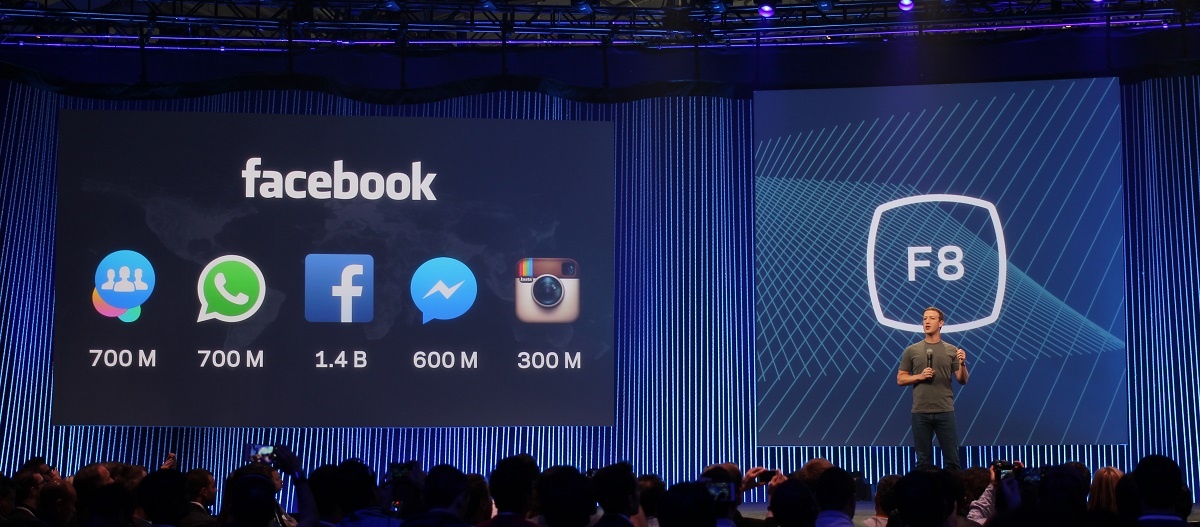Facebook’s AR future is excitingly scary

Facebook’s focus on augmented reality (AR) hints at a future that’s exciting, but also a little scary.
During his opening speech on April 18 at the company’s developer conference, F8, CEO Mark Zuckerberg said the company's ambitious 10-year master plan, first revealed in 2016 and which includes AR and virtual reality projects, was still on track.
He said launching an in-app camera was the first step in laying the groundwork for the new Camera Effects platform that was unveiled at the conference, some of which was streamed on Youtube.
“You want to play a board game? You snap your fingers, and here’s the board game,” Zuckerberg said, motioning to the coffee table. “You want to watch TV? You don’t need a physical hardware TV, you buy a one-dollar app ‘TV’ and put it on the wall.”
Facebook is now in direct competition with Google and Apple, which are attempting to create their own world of apps and tools that don't rely on smartphones alone.
The Camera Effects platform will allow artists and developers to create augmented reality effects for the Facebook camera and turn any smartphone camera into an AR platform, using the Frame Studio and AR Studio creative tools.

Based on a demo shown at F8, these frames and photo effects will be able to move and adjust based on what the camera is pointing at, through mapping and re-localization.
Using augmented reality and transforming 2D Images into 3D ones, the possibilities are endless, you can flood a room with water or cereals, have dolphins jumping around a cup of coffee, or even decorate your house. Facebook says its AR platform will eventually make it possible to leave virtual notes at real geographic locations for friends or a public audience, which people will be able to see when they visit.
Zuckerberg also said AR would "eventually" be implemented in glasses, as Google tried to do with its Glass project.
“We can’t build the AR product that we want today, so building VR is the path to getting to those AR glasses,” he said, adding that a lot of the early research and artificial intelligence used in VR was also applicable to AR.
One example of AR in glasses could be in the art world: where one person looks at a white wall and sees a painting of Picasso, another may see a painting by Van Gogh.
The darker side is that people could create and live inside alternate worlds, Utopias detached from reality.
Feature image via Wikimedia Commons.


